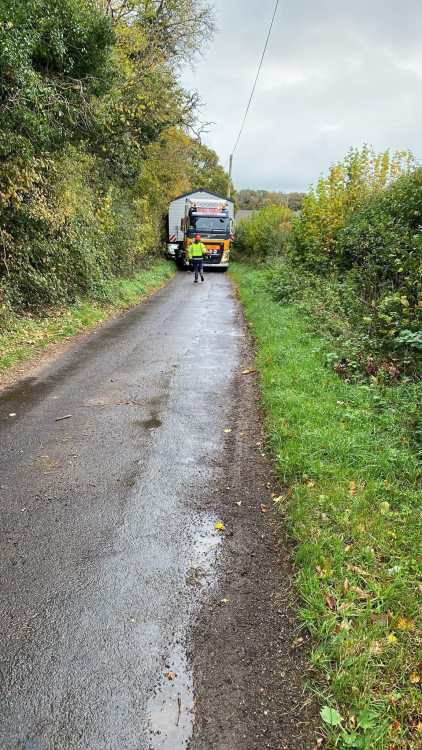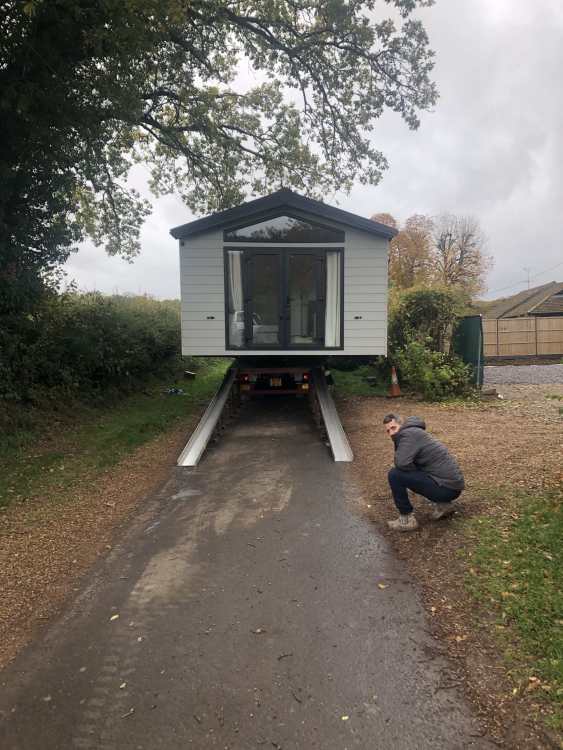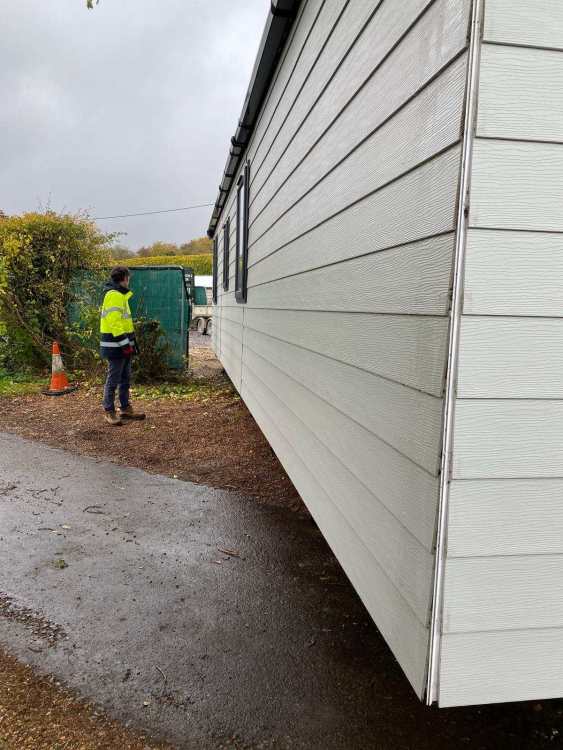Static caravan on site!
This day has been on my mind for months. We really struggled to find a company that would visit the site and confirm whether we could get a static down the lane. In the end we took an educated guess and purchased a 2023 37x13 unit from a private seller.
So at 1100hrs today, the wife of the driver (Greg Caravan Haulage) appeared in the driveway telling me I needed to go and cut some low hanging branches.
We got the static on site relatively easy, but then it got bogged down twice whilst reversing it over the type 3 MOT. We had to Jack it up and then finally decided that sheets of 18mm shuttering ply under the wheels might be the way forward. In a nutshell , if we’d done that from the start we’d have got it done much quicker. It’s in position and I just need to get it levelled and on blocks now.
A bit too stressful for my liking, but relieved. I’ve been more concerned about getting the static on site, than building the house.
-
 10
10






20 Comments
Recommended Comments
Create an account or sign in to comment
You need to be a member in order to leave a comment
Create an account
Sign up for a new account in our community. It's easy!
Register a new accountSign in
Already have an account? Sign in here.
Sign In Now